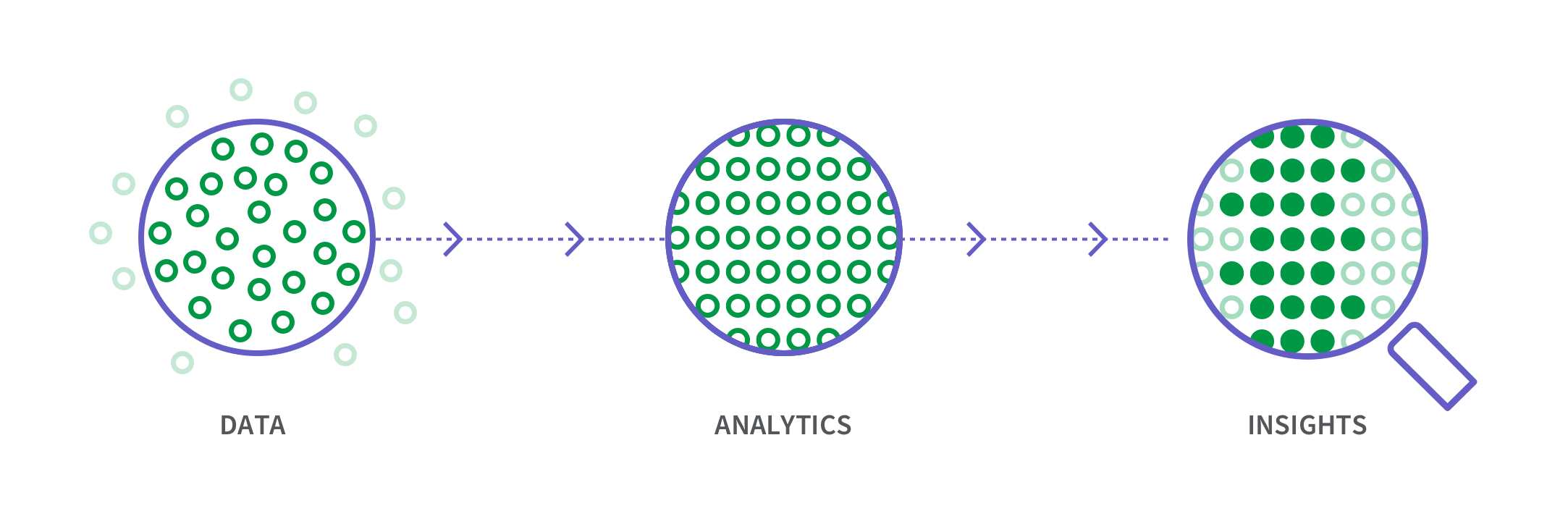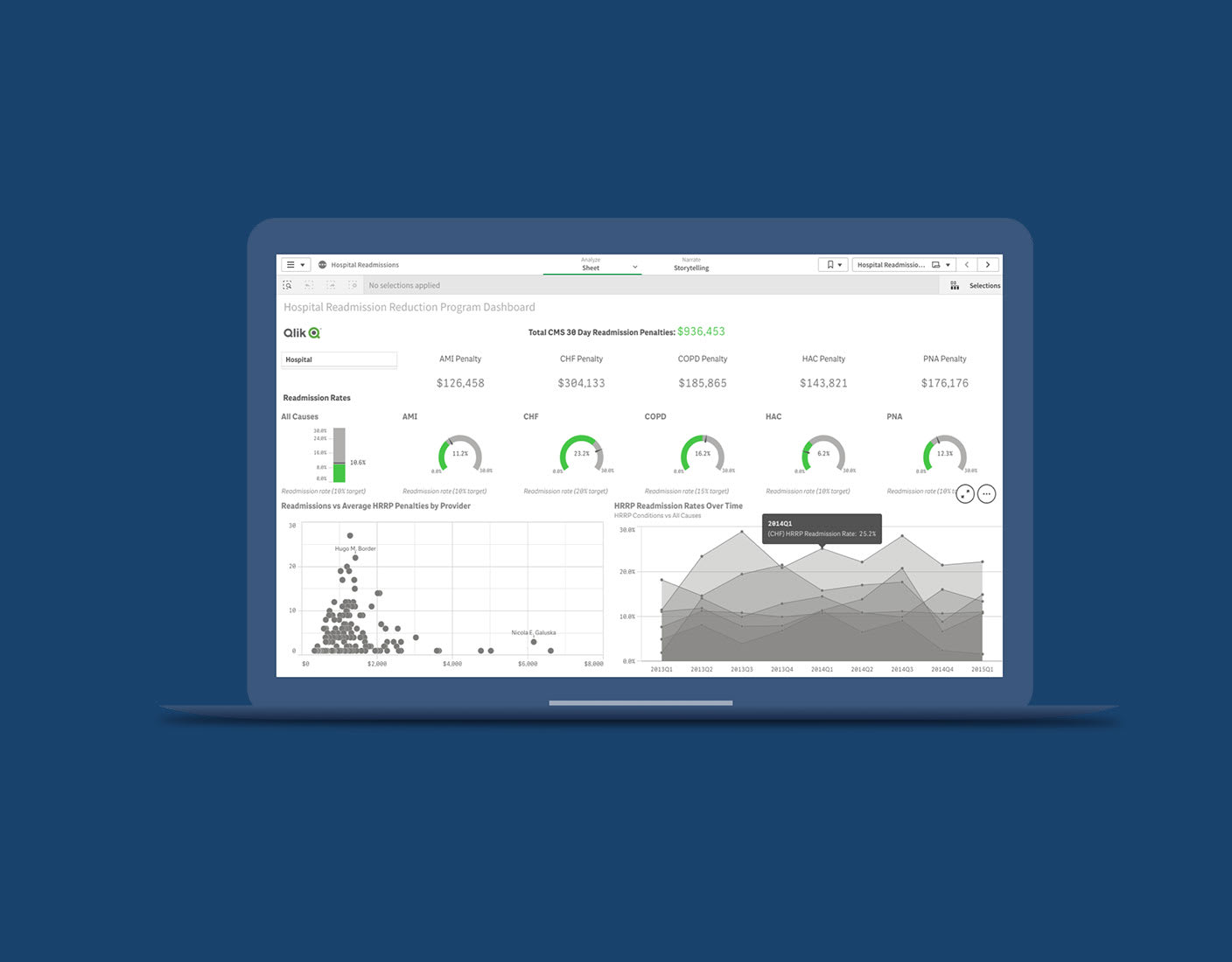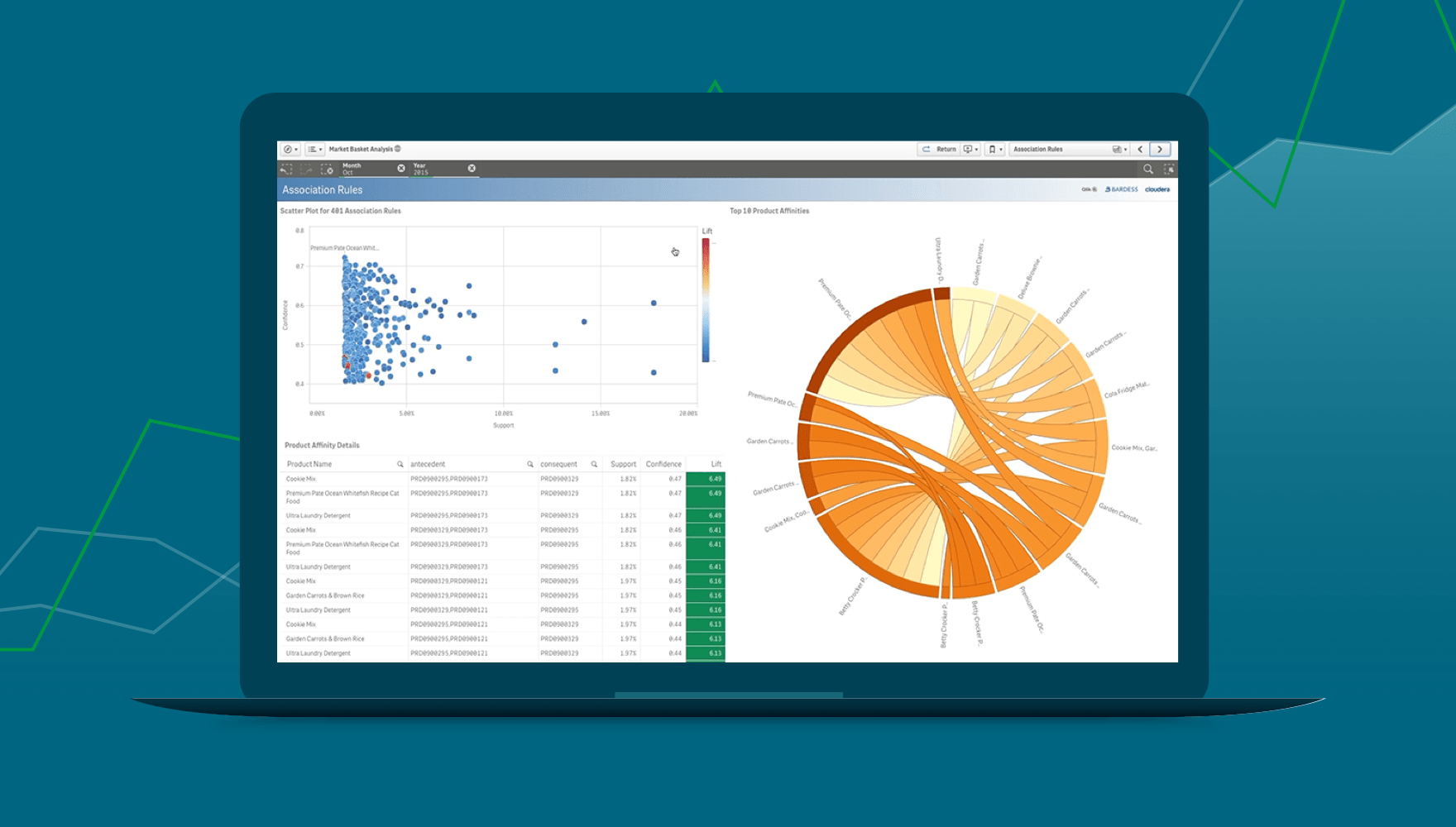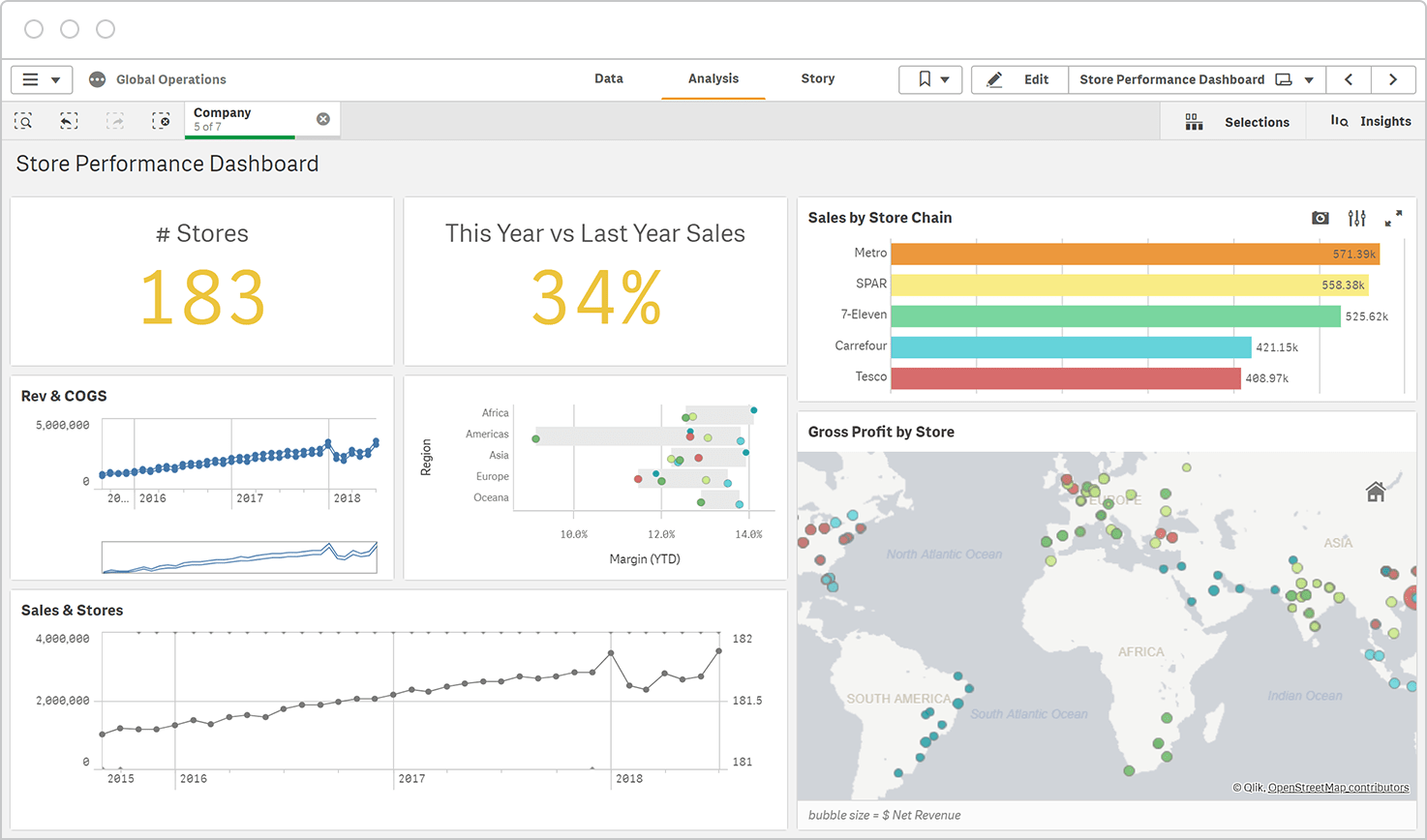Differences Between Data, Analytics & Insights
Here we define the terms data, analytics, and insights and examine the differences between them.
What is Data?
Simply put, data is a collection of facts, representing measurements or descriptions of a specific situation. These facts can be in the form of numbers, symbols or words and are typically stored digitally.
Raw data, also known as source data or primary data, is facts and figures in the original form and organization that they were collected from the source. Given how much of our lives happens digitally today, organizations have an abundance of raw data on hand. For data analysis to take place, this raw data must be transformed into clean, business ready information through a process known as data integration.
What is Analytics?
Analytics is the use of tools and processes to combine and examine sets of data to identify patterns, relationships and trends. The goal of analytics is to answer specific questions, discover new insights, and help organizations make better, data-driven decisions.
The best data analytics tools enable users to freely explore big datasets that combine relevant data from multiple sources. In this way, users not only answer the specific questions they started with but they discover new questions to ask.
What are Insights?
The broad definition of insight is a deep understanding of a situation (or person or thing). In the context of data and analytics, the word insight refers to an analyst or business user discovering a pattern in data or a relationship between variables that they didn’t previously know existed. This can have a thrilling, “aha moment” aspect to it.
What are the Differences?
The differences become clear when we crystalize the definitions:
Data = a collection of facts.
Analytics = organizing and examining data.
Insights = discovering patterns in data.
There’s also a linear aspect to these terms that differentiates them. Data is collected and organized, then analysis is performed, and insights are generated as follows:





















































